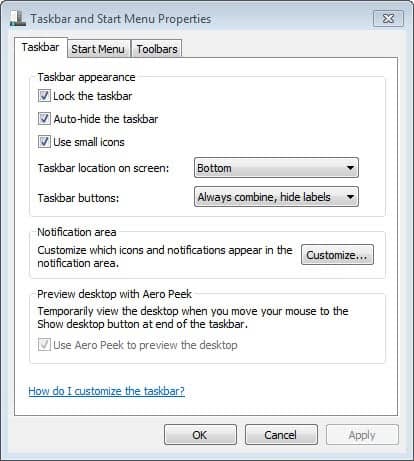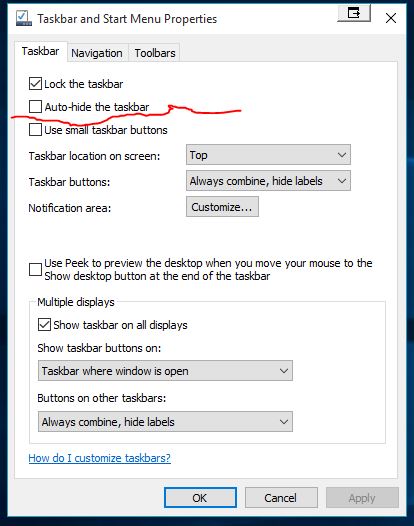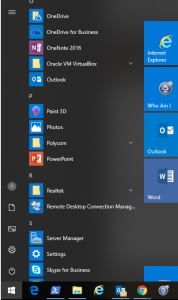

- JGRASP AUTOHIDE WINDOW BAR MAC OS
- JGRASP AUTOHIDE WINDOW BAR FULL
- JGRASP AUTOHIDE WINDOW BAR CODE
- JGRASP AUTOHIDE WINDOW BAR WINDOWS
For example, with the window arrangement shown in Figure 5.3 you can add a third window above, between, or below the existing ones (to get three in a vertical stack) or you can add the third window to the right or left of one of the existing windows (so that the other window has the complete width). If you have two tiled windows, you can drop another window on top either as another tile or to create a tabbed group.Īny combination is possible, but you may have to rearrange the existing windows first. You can tile windows vertically (as in Figure 5.3) or horizontally. As you drag a window over another one, you'll see its drag outline change to the tiled docked window outline, which indicates when to drop the window. To get a tiled group, you drag one window and drop it on another dockable window near one of the edges of the bottom window, but not on its caption bar. And if you want to change the tab order, you drag and drop windows within a group using the tabs.ĭockable windows may also be grouped as a tiled group. To separate a window from a group, you have to drag it by its tab. When you drag it over the caption, the outline becomes tabbed, indicating that you can drop the window to create a group. Figure 5.2 shows the effect of dragging the Solution Explorer floating window over the caption of theĬlass View window: When you drag the Solution Explorer window over any other part of the Class View window, you see just the rectangular outline. When you do this, the drag outline will change from a rectangle to a tabbed rectangle. If you have two separate dockable windows (i.e., not already grouped), to dock them you drag one window over the caption bar of the other window. To add a new dockable window to the group, you drag the window and drop it on the tabs of the group. A floating docked group of dockable windows Figure 5.1 shows an example the tabs at the bottom refer to the Solution Explorer and Class View windows, which give information about the current proj ect.įigure 5.1. When windows are docked as groups, each window has a tab with the window name and an icon. Toolbars can be docked to the edges of the IDE, and dockable windows can be docked together as groups that can then be docked to the edges of the IDE. JGRASP is open source freeware and was developed by a research grant from the National Science Foundation.The new toolbars and windows that make up the IDE have several features to maximize the screen real estate that you can use.
JGRASP AUTOHIDE WINDOW BAR FULL
Full integration of the CPG with the editing window means accessing this feature is simple and intuitive. The Complexity Profile Graph (CPG) allows a user to identify complex areas of source code.
JGRASP AUTOHIDE WINDOW BAR MAC OS
Unlike other visualization software, jGRASP uses Java and can run on any platform with a Java Virtual Machine (including Windows, Mac OS and Linux). All of this information can be presented through customizable dynamic object viewers that can be combined and saved to files.

Viewable information includes a bevy of content or structure data: details about data types, values, links and complexity.
JGRASP AUTOHIDE WINDOW BAR CODE
Simply hover over a code structure to get CSD-based information about that structure.

A wealth of information about any object is a click or hover away thanks to integrated and instantaneous use of Controls Structure Diagrams (CSD) and Complexity Profile Graphs (CPG). Instantaneous access to information about data structures and other objects makes visualizing the code’s purpose and structure much easier for the original author as well as anyone charged with editing or altering the code. It’s like have a bird’s eye view of your code. JGRASP is a feature-rich environment for writing code in many common programming languages (Java, C, C++, Objective-C, Ada, and VHDL) on most platforms (Windows, Mac OS, and Linux).



 0 kommentar(er)
0 kommentar(er)
